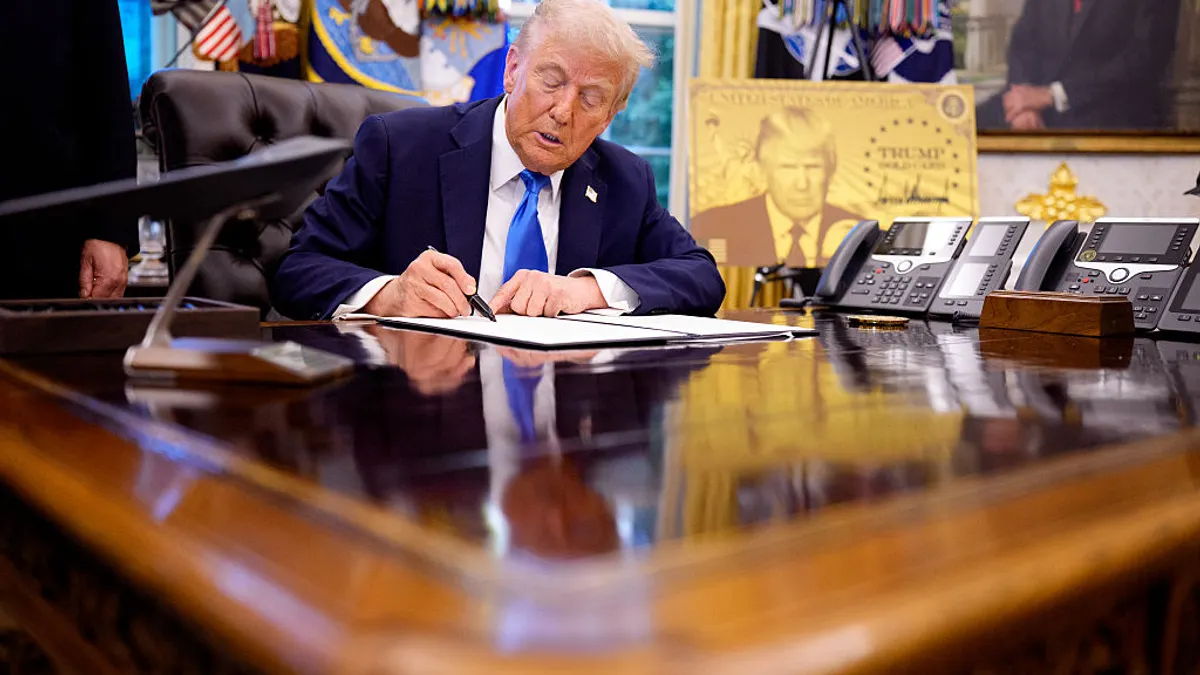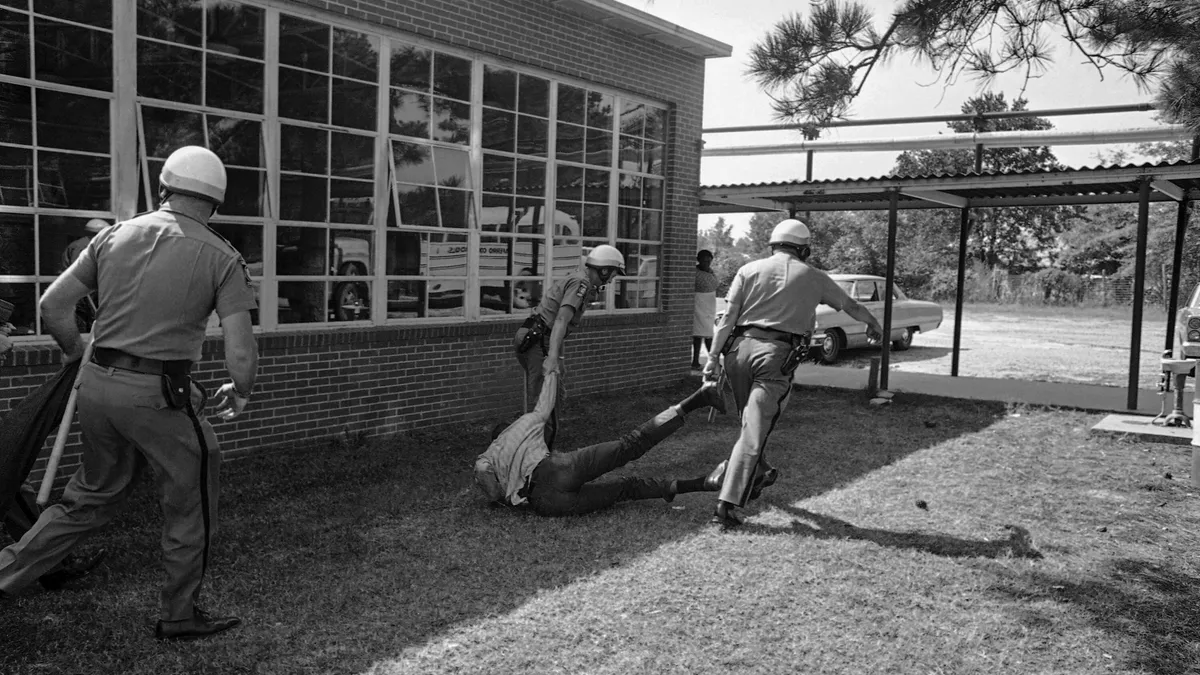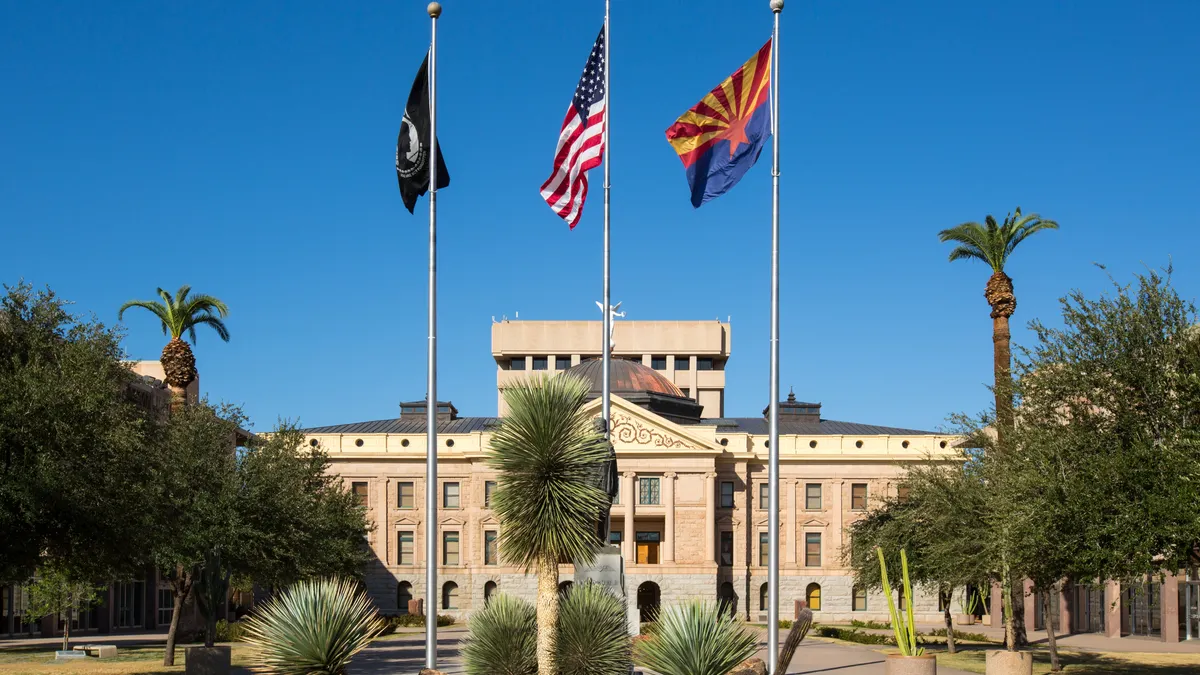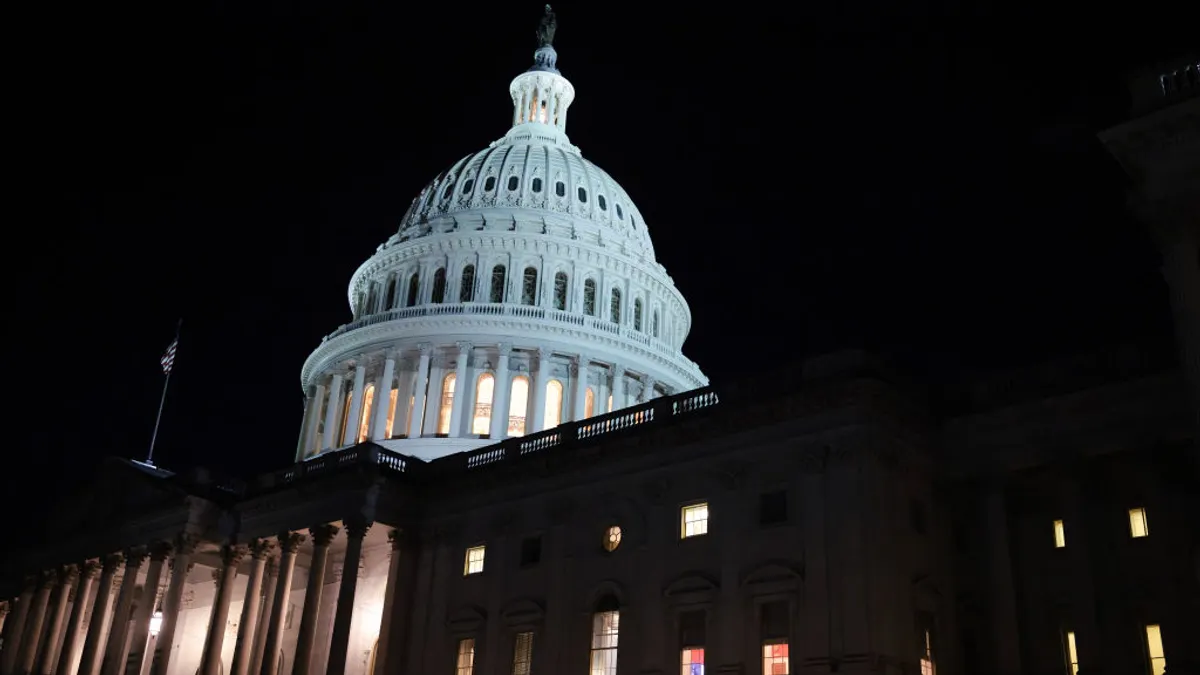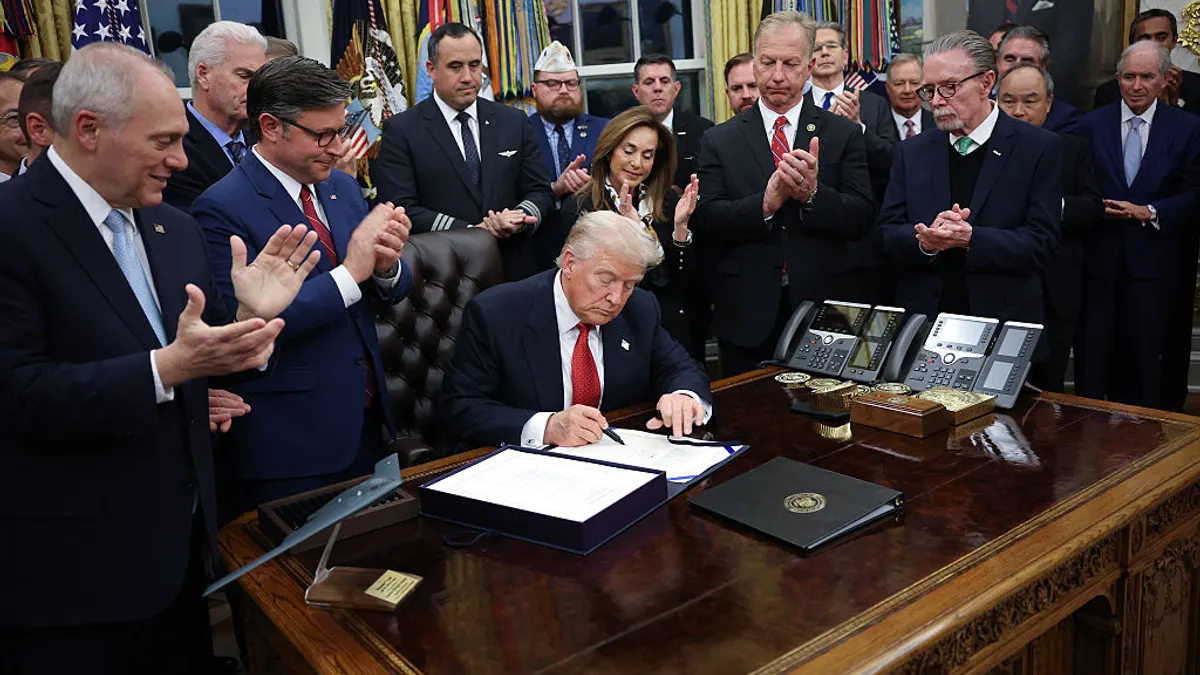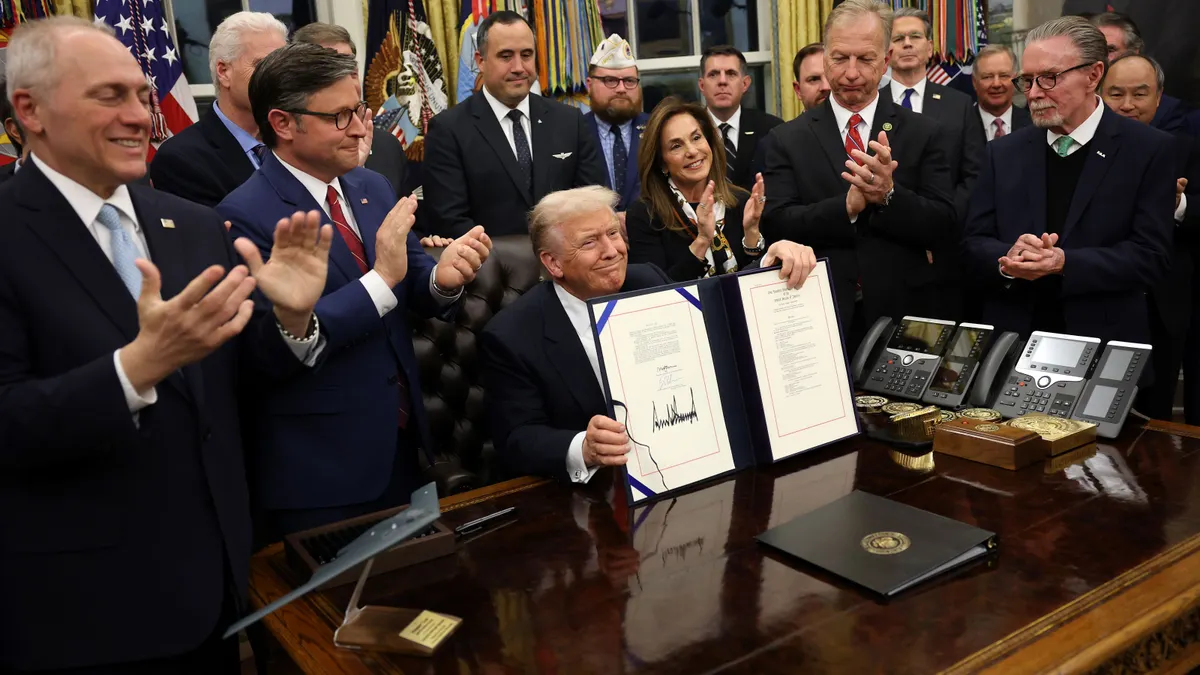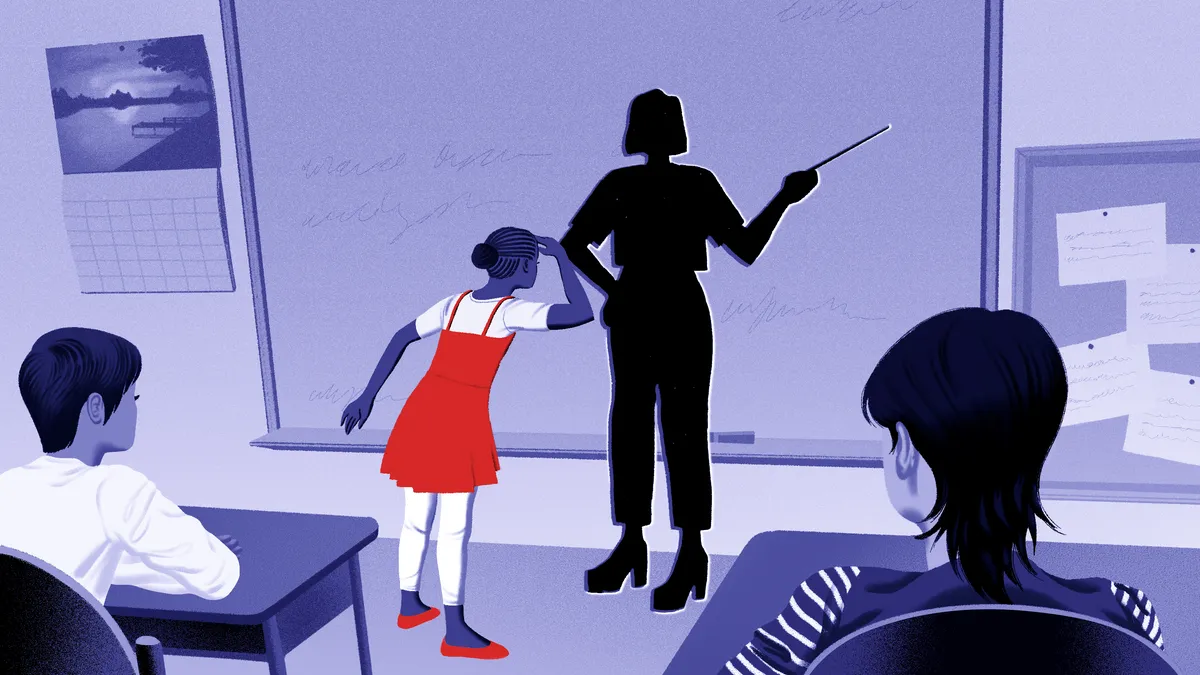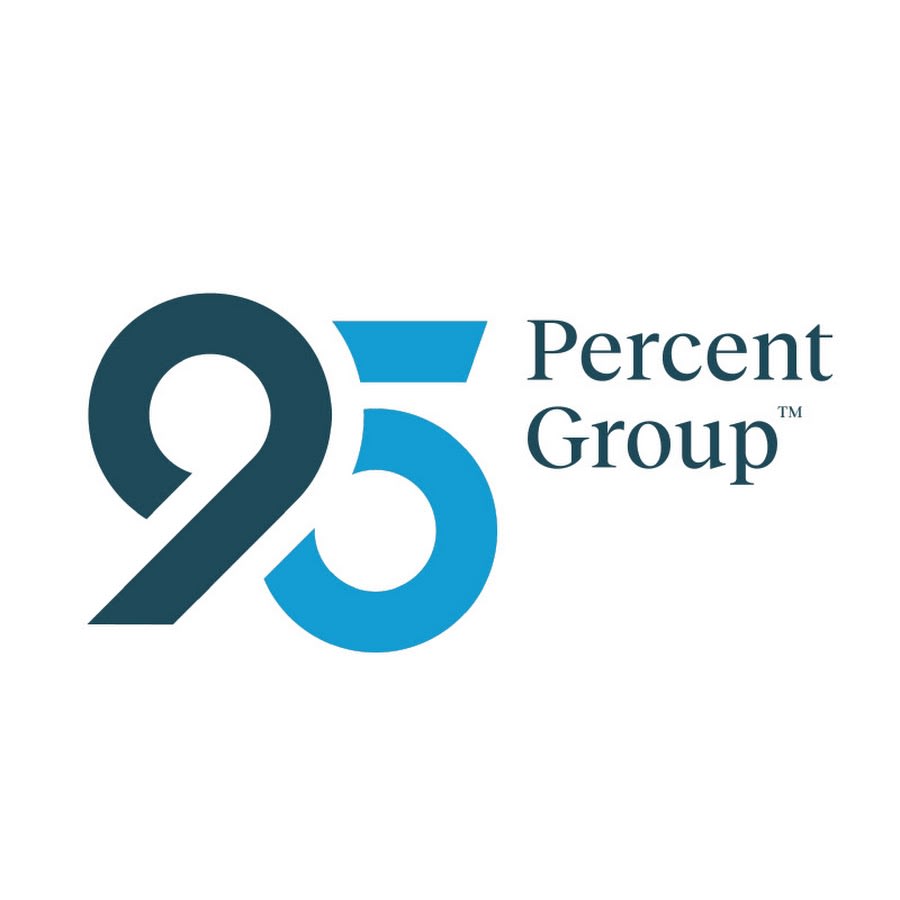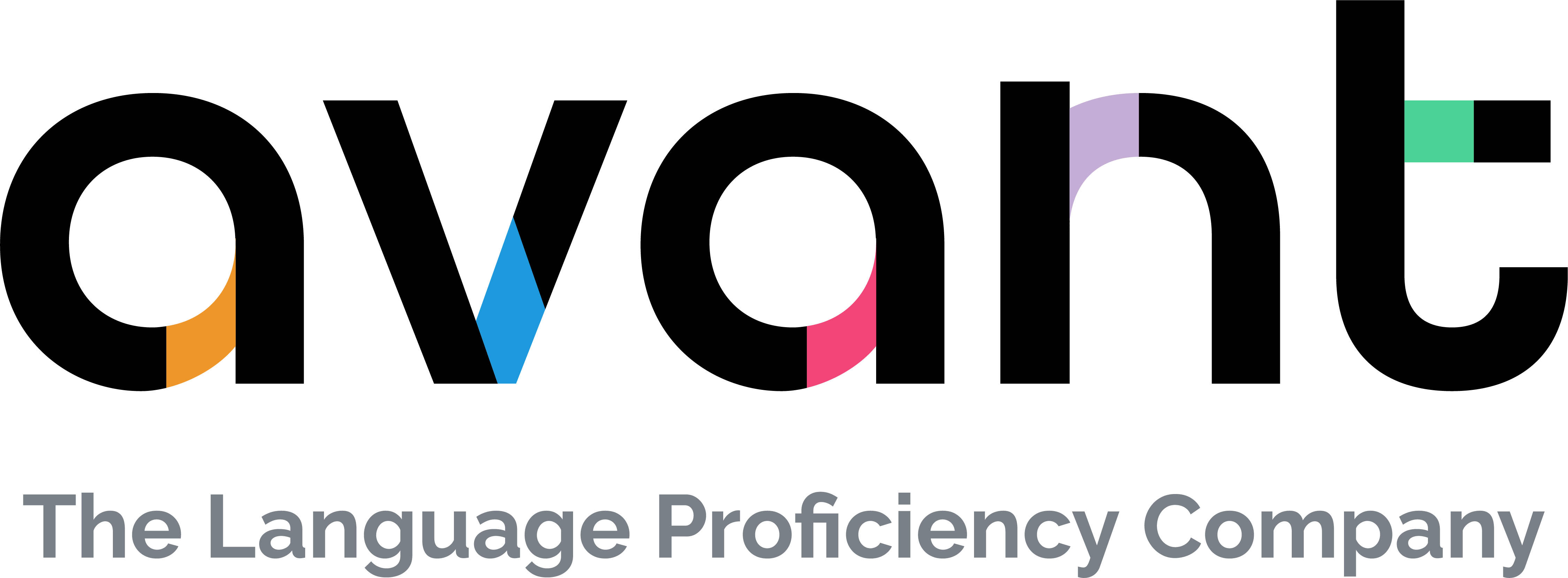Just days after President Donald Trump announced employers would have to pay a $100,000 fee for all new H-1B visa petitions, K-12 school leaders are already navigating the fallout.
In Colorado Springs, Superintendent Wendy Birhanzel found out a math teacher from the Philippines won’t be able to return under a new visa to Harrison School District 2 to instruct.
Another teacher who applied for an H-1B visa before Trump’s Sept. 19 proclamation is working with an attorney to figure out if the $100,000 fee would apply to their case, said Birhanzel.
The reality of this new H-1B visa fee for Harrison School District 2 is that “there’s no way that we could afford” it, Birhanzel said. And without skilled foreign teachers, she said, classroom instruction will “definitely” feel a negative impact.
“This is really disheartening,” Birhanzel said. “I think we’re shutting down, maybe, having the best teachers in front of kids, because that’s what this — intentionally or unintentionally — may do.”
A White House official told K-12 Dive on Tuesday that the $100,000 H-1B visa payment applies to any cap exempt H-1B petition. That means the fee still applies to teachers and school districts, which have often been considered as cap exemptions — though it is typically defined for higher ed institutions, research nonprofits and government research organizations, said Matthew Maiona, an immigration attorney at Boston-based law firm Maiona Ward.
When asked about the fee’s potential impacts on teacher shortages, Taylor Rogers, a White House spokesperson, told K-12 Dive in an emailed statement that “President Trump promised to put American workers first, and this commonsense action does just that by discouraging companies from spamming the system and driving down American wages.”
To work in the U.S. on an H-1B visa, it’s common practice among sponsorship programs working with districts to require teachers to have five years of teaching experience and a master’s degree, Birhanzel said. They are often hired by districts to fill high-need roles in science, math and special education, as is the case for Harrison School District 2, she added.
Of the Colorado district’s 1,500 teachers, she said, about 40 are international teachers from a wide range of countries including the Philippines, Spain, Portugal, Mexico and India. Most of them currently rely on J-1 visas, a more temporary program that the Trump administration has also placed under increased scrutiny in recent months.
In addition to the $100,000 fee, the U.S. Department of Homeland Security proposed a rule that would update how H-1B visa petitions are selected. Under the proposal, DHS would give petitions with higher-paying wage offers from employers a greater number of entries into the agency’s “lottery” than it would those who receive lower-paying offers. The public comment period for the proposal ends on Nov. 24.
“Ultimately, prioritizing in the previously described manner would incentivize employers to offer higher wages or higher skilled positions to H-1B workers and disincentivize the existing widespread use of the H-1B program to fill lower paid or lower skilled positions without effectively precluding beneficiaries with lower wage levels or entry level positions,” DHS wrote in the proposal.
Looking ahead
As federal changes to H-1B visas play out in the coming months, district leaders shouldn’t panic until the final DHS rule is published, and they should wait to see how any possible lawsuits challenging the $100,000 fee may shake out, Maiona said.
Before Trump’s proclamation, the H-1B visa fee could be up to roughly $7,300 per applicant, depending on their employer. For districts and cap exempt H-1B petitioners that was typically even lower, Maiona said.
In the case of the DHS proposed rule, it would be difficult for school districts to hire H-1B teachers if the pay scale used by the agency compared offers across all industries, Maiona said. But if DHS looks at pay scales within industries, then just the highest paid teachers would get priority for H-1B visas. That will be something to watch out for during the rulemaking process, he said.
There could be exemptions to the $100,000 fee given that Trump’s proclamation has some wording suggesting so, but that would be at DHS’ discretion, Maiona said. In the first Trump administration, Maiona noted that there was a similar “national interest” exemption for some visa classifications where petitioners had to explain why they’re a benefit to the company.
But, again, it’s unclear if exemptions will be an option moving forward, he added.
“So there’s a lot of uncertainty,” Maiona said. “It doesn't help our school districts, because they can't plan, and they can't anticipate costs.”
Still, he suggested that districts hiring foreign teachers should prepare for the worst-case scenario and have alternate plans in case these H-1B policies solidify in the next few months. If school leaders are looking to hire an H-1B teacher, he said, they should give their district’s legal team enough time to look and to apply for any possible exemptions.
But the path ahead for foreign teachers looking to work in the U.S. remains rocky — whether on J-1 or H-1B visas — as the Trump administration continues to tighten its immigration policies.
“I think every visa is at risk. Really, I don't think there's anything that's going to be left off the table,” Maiona said.
These kinds of federal immigration policies are only going to deter districts nationwide from considering international educators as an option for addressing teacher shortages, Birhanzel said.
“When we have an education teacher shortage and one of those routes is being completely shut down, that’s going to create a larger issue in school districts,” she said. “Teaching positions will go unfilled and particularly in some of those high-skilled areas such as math, science and special education.”



